The scorching heat of the midday sun and the putrid stench of decaying garbage were not enough to prevent the children from scavenging the freshly unloaded wastes in the Smokey Mountain. For the children, the heat and stench were the least of their worries. The most important thing is to gain a space where they could fight for a territory where no one else could scavenge but them.
The Smokey Mountain is not only a dump site of Metro Manila's wastes. It is also a source of livelihood for the Smokey Mountain people. Everyday is a fight for survival. The weak ones are left behind and the stronger ones a victor in the struggle to get the most garbage.
It has not always been that way in this forbidden land.
Some fifty years ago, what is now the Smokey Mountain was a peaceful fishing village in Tondo known as Barrio Mandaragat. The people lived from the bounty of the sea and it was like a paradise on earth. Life was easy and simple and the people were complacent. Then in 1954, the then Department of Public Service began to dump Manila's household wastes in Barrio Mandaragat. The landscape started to change, and the once clean and fertile soil started to be filled up with garbage. The sea nearby became poisoned, the air in the surroundings spoiled. Fewer and fewer fish were caught until finally the fishermen could no longer support their family by fishing. They discovered that the garbage that was being dumped into their village was a good source of livelihood. They sold their bancas and fishing materials and became scavengers.
The trash had accumulated into several stories high until it literally became a mountain. During the monsoon seasons, the mud mixed with garbage solidified the mountain of trash. Meanwhile, the accumulation of methane gas--a by-product of decaying wastes--sometimes ignited fires in the mountain of garbage. The scavengers also created fire to destroy tires and electrical wires so they can sell the copper and wiring inside. The garbage of mountain was filled with smoke and thus became known as the Smokey Mountain.
In the 1980s the problem of Smokey Mountain became an international embarrassment to the Marcos regime. To solve the deepening crisis, the President Ferdinand Marcos started the Tondo Urban Development Project, with money borrowed from the World Bank. The plan was to close the Smokey Mountain and the scavengers relocated in provincial areas. It was, however, strongly protested by the Smokey Mountain people. The houses in the relocation site in Bulihan, Batangas were tiny, without running water and electricity. Most importantly, the people had no means of livelihood and employment, and they starved. In the end, the Marcos solution was a failure. The squatters trickled back to Smokey Mountain where at least they had means of livelihood by scavenging trash.
The subsequent administrations of Presidents Aquino and Ramos were able to build "decent" housing projects for the Smokey Mountain people. This was called the "Katuparan Housing Village" a 27 4-storey edifices in Vitas, Tondo. The people, however, could not keep up paying the 500 pesos (US$10.00) monthly amortization, let alone afford the electricity and water bills. The Katuparan Housing Village became ugly dwellings of filth and decay. It no longer represented the Katuparan's meaning of "fulfillment of one's dreams". Many sold their units and went back squatting near the Smokey Mountain.
At present the Smokey Mountain has been relocated at Pier 18 Tondo, a few hundred meters from the old dump site. The scavengers also built their shacks and shanties there and they called their new neighborhood as Happy Land.
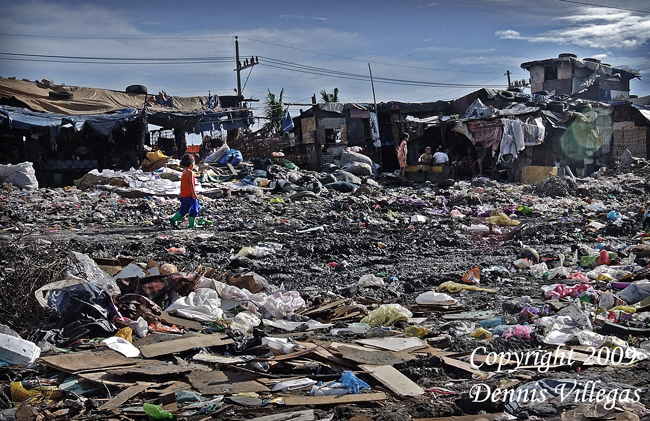
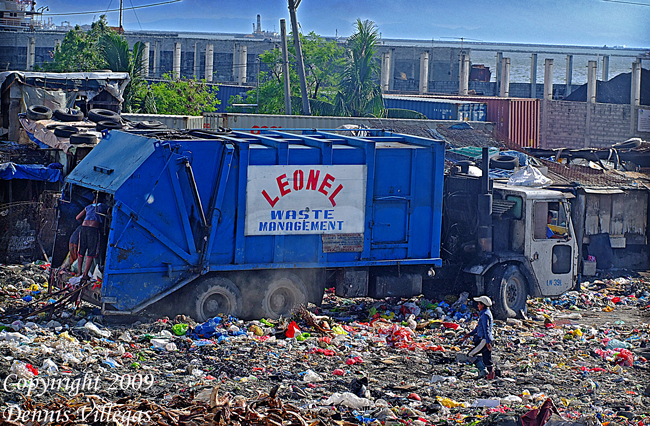
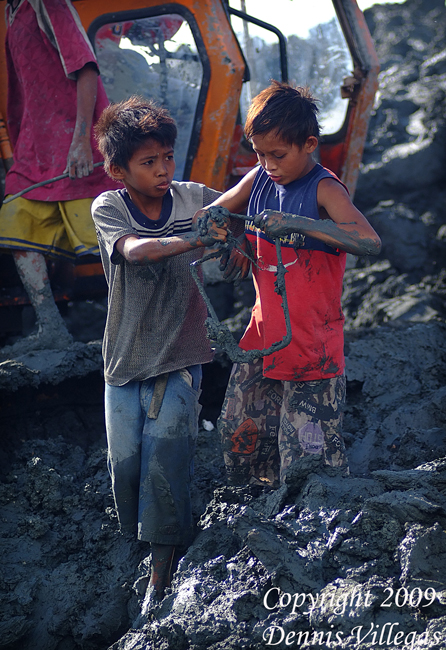
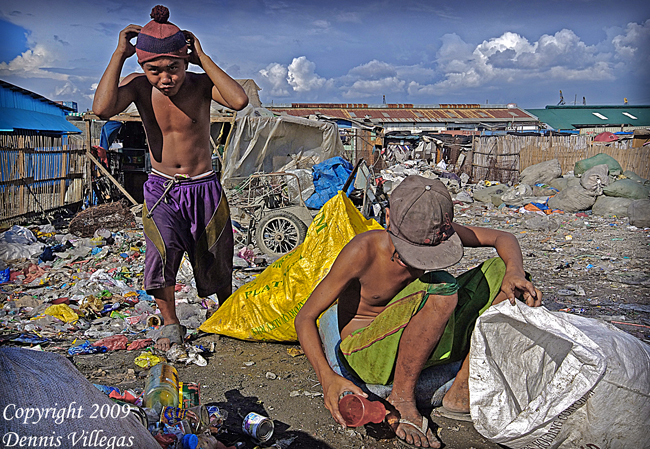
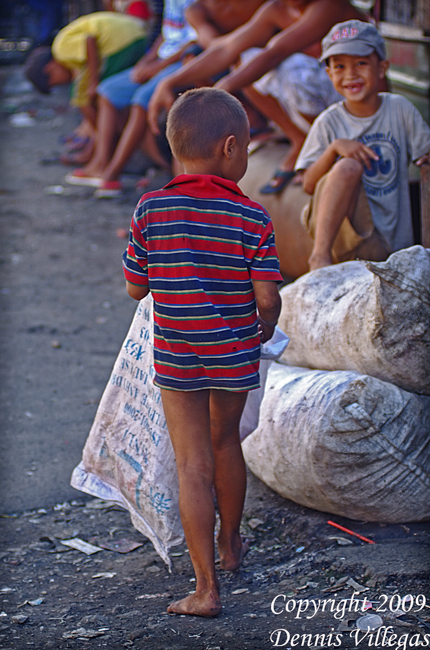
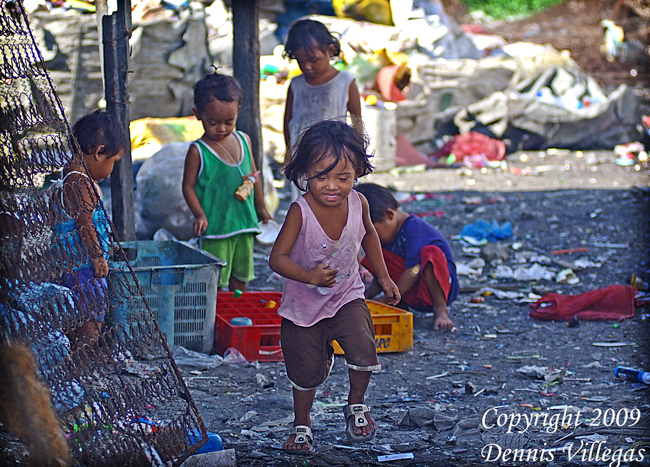
No comments:
Post a Comment